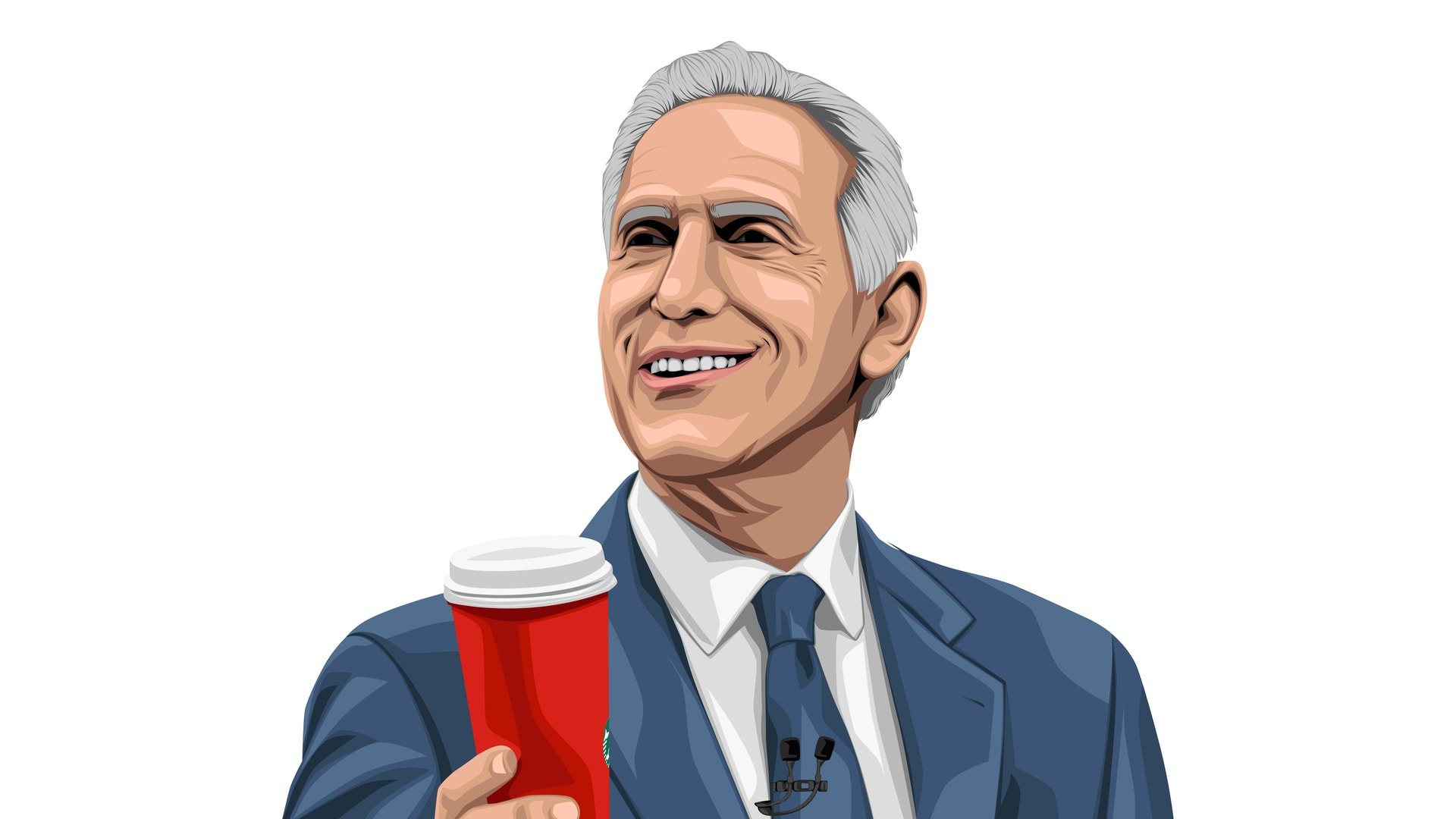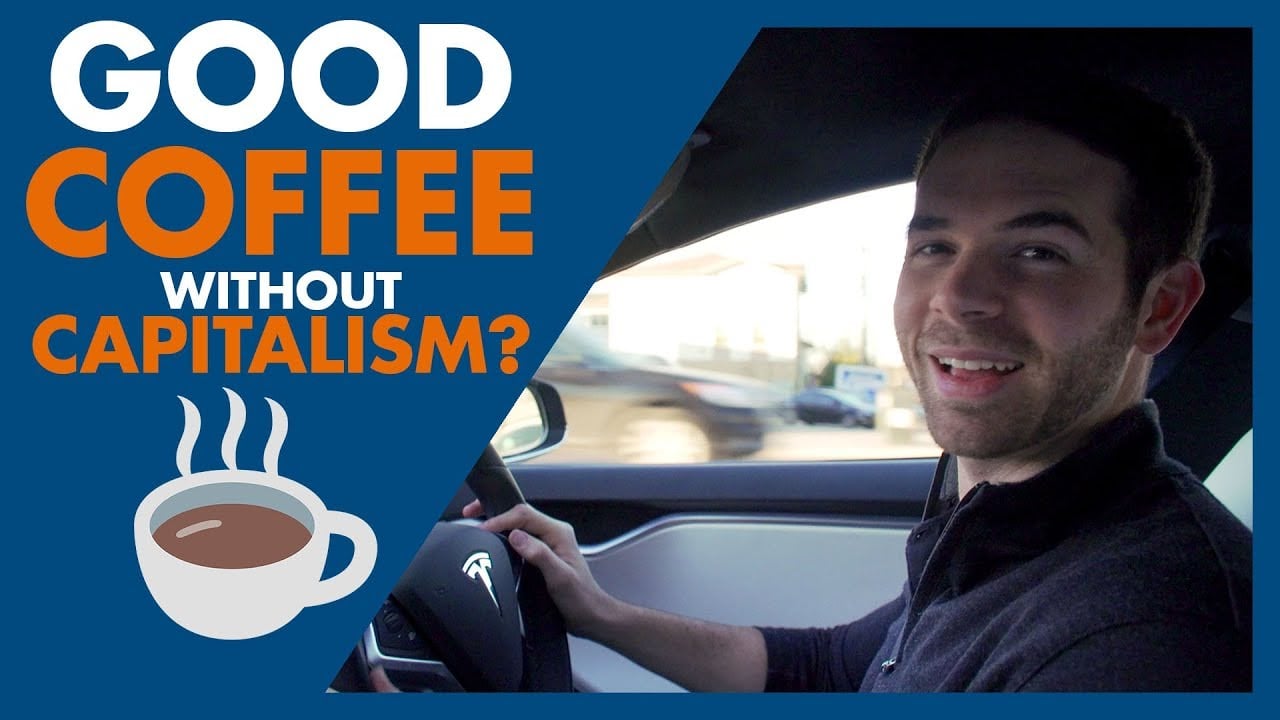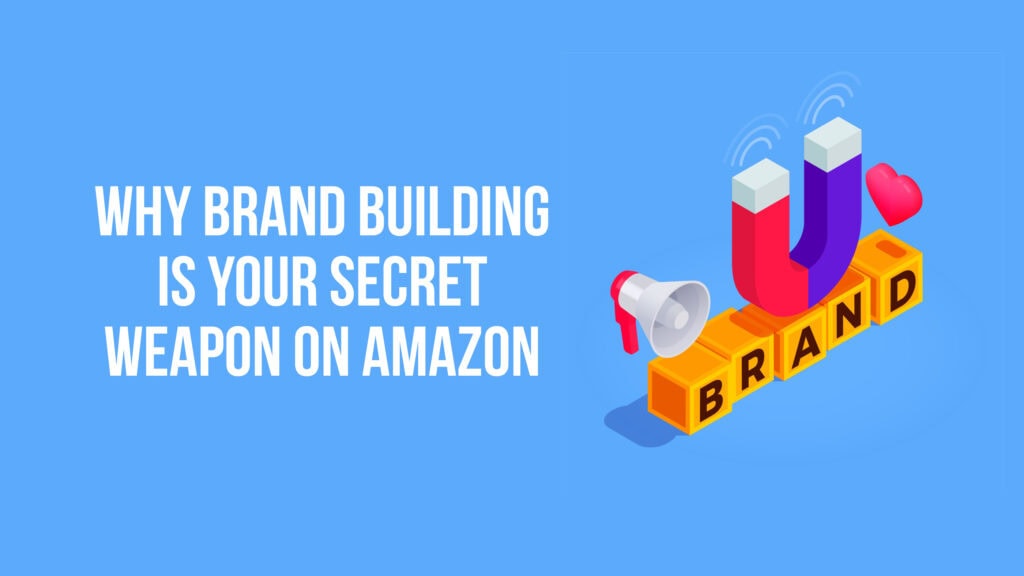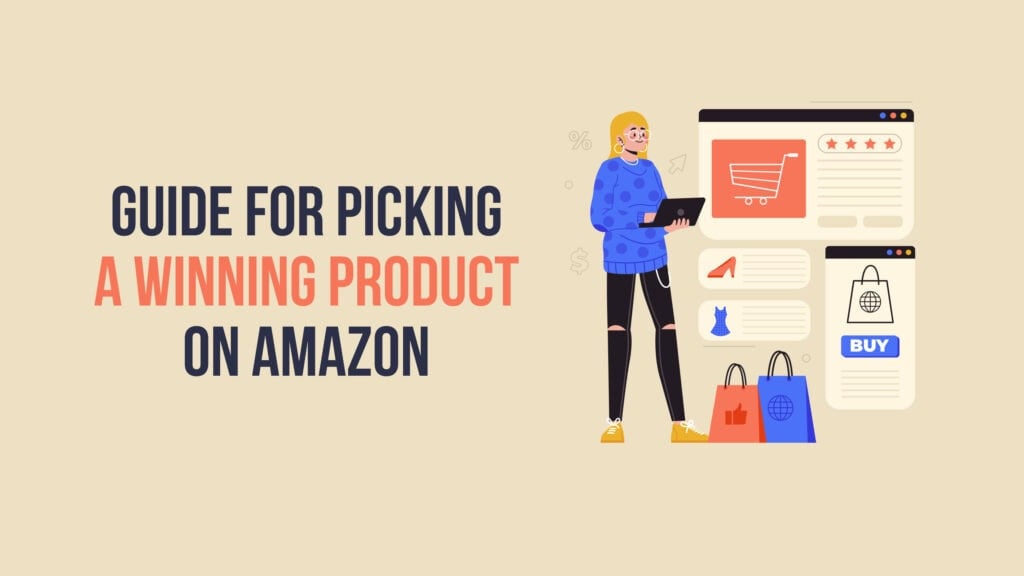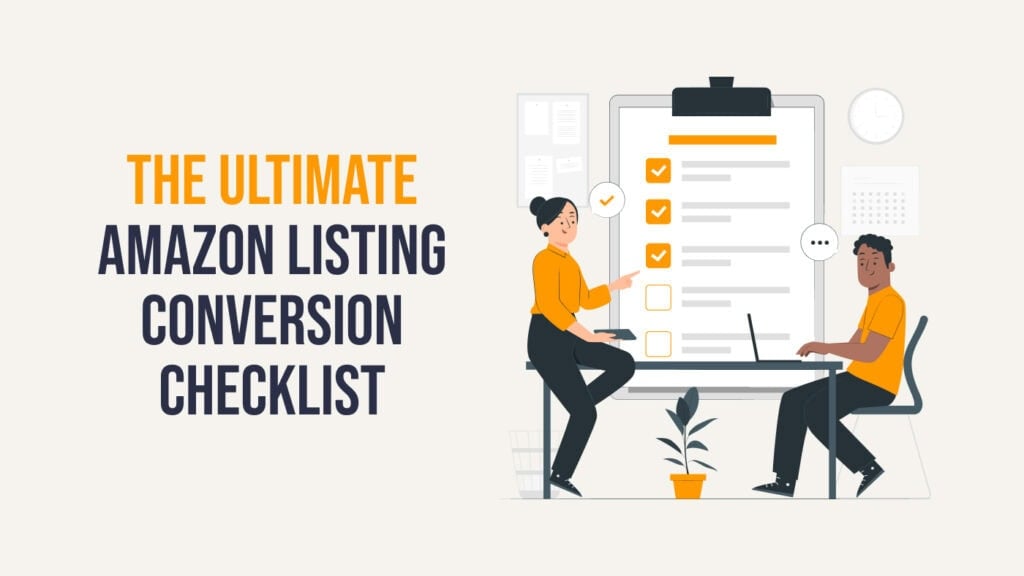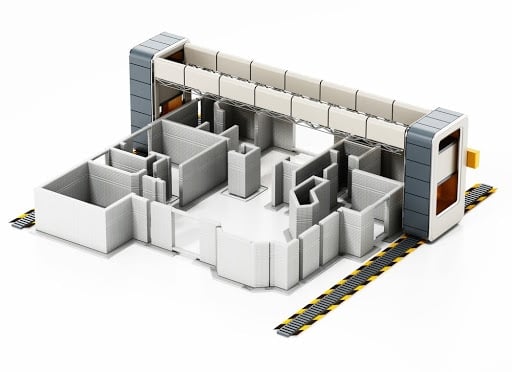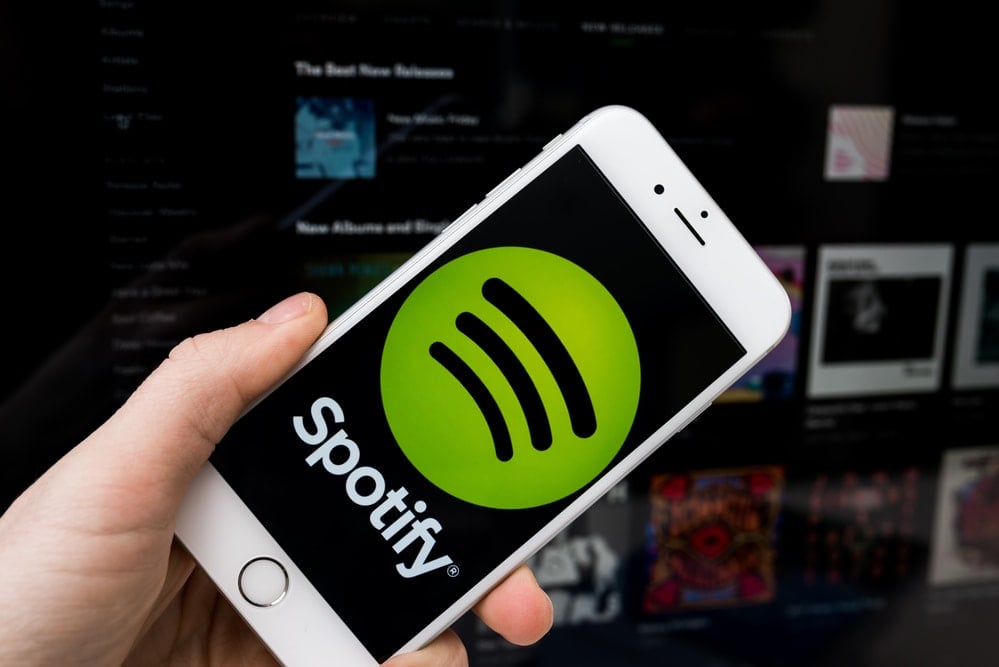Pour a mug, sit back, and learn how Howard Schultz put Starbucks on the map.
Coffee is a multi-billion dollar industry. In 2019, it reached $102.15 billion, and by 2026, the industry should top $155.64 billion. Over half of Americans drink coffee. Of those, 44% enjoy 1-2 cups a day. It's the second most consumed beverage—only water is more popular.
After reading those statistics, it's no wonder why so many people speak the language of Starbucks. "Triple venti, two-pump vanilla, no foam, extra hot latte" just rolls off your tongue even before the sun rises. Thanks to Howard Schultz, you can enjoy your favorite bougie coffee beverage morning, noon, or night.
But first… can you even have good coffee without capitalism?
A Coffee Tree Grows in Brooklyn
Howard Schultz made his grand entrance on July 19, 1953. He didn't grow up in the lap of luxury. Instead, Howard's family lived in one of Brooklyn's public housing projects. Neither of his parents, Fred and Elaine, graduated from high school. Money was always tight, and the family rarely had enough to pay bills.
His father was a World War II veteran who worked a variety of low-paying jobs. One evening, Fred slipped and fell on some ice during one of his shifts delivering for a cloth diaper service. He broke both his hip and ankle, leaving him incapacitated. Since he was unable to return to work, the company fired him. Fred quickly became penniless without health insurance, workers' compensation, or any savings. As Howard recalls, "The image of my father on the couch, helpless, stuck with me."
Growing up in poverty had a lasting effect on Howard. "I escaped the family chaos by sitting in the stairwell between floors and imagining a better life," he remembers. Luckily, Elaine didn't let these dire circumstances stop her belief in the American Dream. Even with the cards stacked against them, she still told Howard he could build the life he wanted.
Determined to make his mother proud, Howard enrolled at Northern Michigan University in 1971. He viewed college as his ticket out of the projects. Tuition was expensive, but he managed to pay his way with a few part-time jobs and plenty of student loans. When times were especially rough, Howard was not above donating his blood for cash.
Four years later, all his hard work and sacrifice paid off, and Howard became the first person in his family to graduate from college. And, of course, his mother was incredibly proud.
First Sip of Greatness
After graduating, Howard decided to put his communication degree to use and began working as a door-to-door salesperson. He can remember cold calling up to 50 people a day and was quite good at closing the sale. Eventually, he accepted a job at Hammarplast, a European housewares supplier.
As he rose through the ranks, he became familiar with one of the company's leading clients—a coffee shop in Seattle known as Starbucks Coffee Tea and Spice Company. This little, unknown company purchased more coffee makers than anyone else in the books, including Macy's. Intrigued, Howard headed to Seattle to learn more.
Walking into the original Starbucks in 1981 had a profound impact on Howard. As he fondly reminisced, "When I walked in this store for the first time—I know this sounds really hokey—I knew I was home." Before the visit, Howard had never even tasted good coffee, but he left with a vision for a new type of coffee shop.

In 1982, Starbucks hired Howard as director of retail operations and marketing. He and his new wife, Sheri, moved to Seattle to begin this chapter of their lives. However, the coffee shop was far from the one we know today. It didn't sell lattes, mochas, caramel macchiatos, or Frappuccinos—just beans.
A trip to Italy the next year would inspire Howard to make changes to Starbucks' business model. While abroad, he sipped Italian espresso while enjoying the community ambiance of quaint cafes. The way people connected over coffee was something he had never experienced before. Another thing also made a lasting impression—there were coffee bars on nearly every corner.
"After a week in Italy, I had such unbridled enthusiasm that I couldn't wait to get back to Seattle to talk about the fact that I had seen the future."
How Did Howard Schultz Change Starbucks?
Howard's enthusiasm wasn't reciprocated by the owners of Starbucks, much to his dismay. They had no intention of expanding their business to include beverages. After all, they were in the bean business, not the cafe business.
Disappointed, Howard decided to take a different route. He parted ways with Starbucks and opened Il Giornale, an Italian-style espresso bar. It quickly garnered a lot of attention, and two years after its opening, Howard acquired Starbucks, too. He merged the two coffee shops under one name—Starbucks Coffee Company.
Howard Schultz was now the CEO of Starbucks, and he was about to take the world by storm.
Is There Actually a Starbucks on Every Corner?
Starbucks took expansion to the next level in the late 90s and early 00s. And pop culture didn't let the soon-to-be coffee giant off the hook. Even The Simpsons—known for seemingly predicting the future—poked fun at the company in an episode where every store in Springfield Mall turned into a Starbucks. Sure, this portrayal was a bit hyperbolic, but was it that far from the truth?
In 1987 after Il Giornale acquired Starbucks, there were only 17 total stores. By the end of 1999, there were 2,498 stores, and only a year later, the company had 3,501. Fast forward to Q4 2020, and the company reported having more than 32,000 stores worldwide.
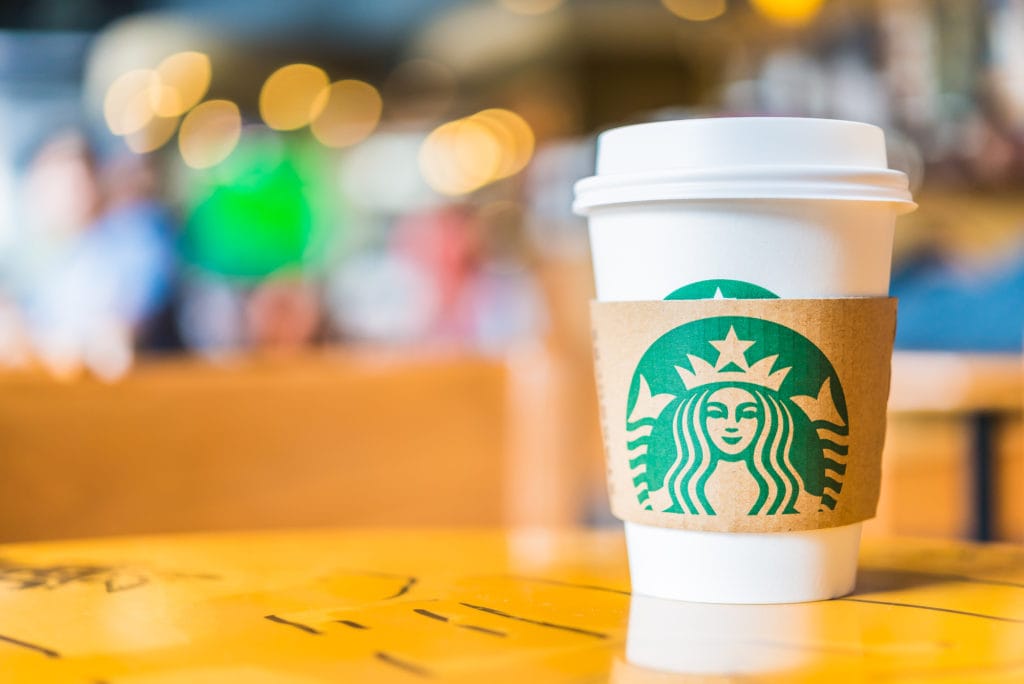
So while there's not really a Starbucks on every corner, you can probably find one in the vicinity. Back in 2016, a clever college student determined there was a Starbucks every 1335 feet in Manhattan.
Why Howard Schultz Is a Good Leader
As it turns out, Howard Schultz's leadership style wasn't like that of other corporate bigwigs. Instead of just taking care of his customers, he also felt a calling to serve his employees and the community. He wanted Starbucks to become a "Third Place" environment. A place where everyone could gather to share great coffee and build stronger human connections.
How did Howard transform his Third Place vision into reality? Simple—he made the Starbucks experience more than just coffee and implemented practices to benefit everyone who set foot in a store. And he started with his employees.
Howard learned the importance of health insurance at a very early age. As he remembers, "The image of my father immobile on the couch after his accident stayed with me. So did the fear of not having healthcare." In 1988, Starbucks became one of the first companies to provide health insurance to all employees, including part-time workers.
Growing up poor also taught Howard the importance of having savings and preparing for the future. That's why he decided to give stock ownership to employees in 1991. "Bean Stock" is a way for workers to share in the company's financial success. Kaycee Kiesz, who began working for Starbucks in 1992, has seen a 13,000% return. Thanks to her Bean Stock shares, Kaycee was able to pay off her student loans and put a down payment on a house.
In 2014, Howard decided to help his employees even more. He teamed up with Arizona State University to create the Starbucks College Achievement Plan. This program provides workers with tuition-free college. Of those who participate, one-quarter are first-generation college students. It remains one of Howard's favorite benefits.
Sharing Coffee with the Community
Treating employees well wasn't Howard's only mission. He also felt a calling to give back to the community. In 1996, he and his wife, Sheri, started the Schultz Family Foundation. The organization strives to help young people, veterans, military families, and those in need gain access to education and employment.
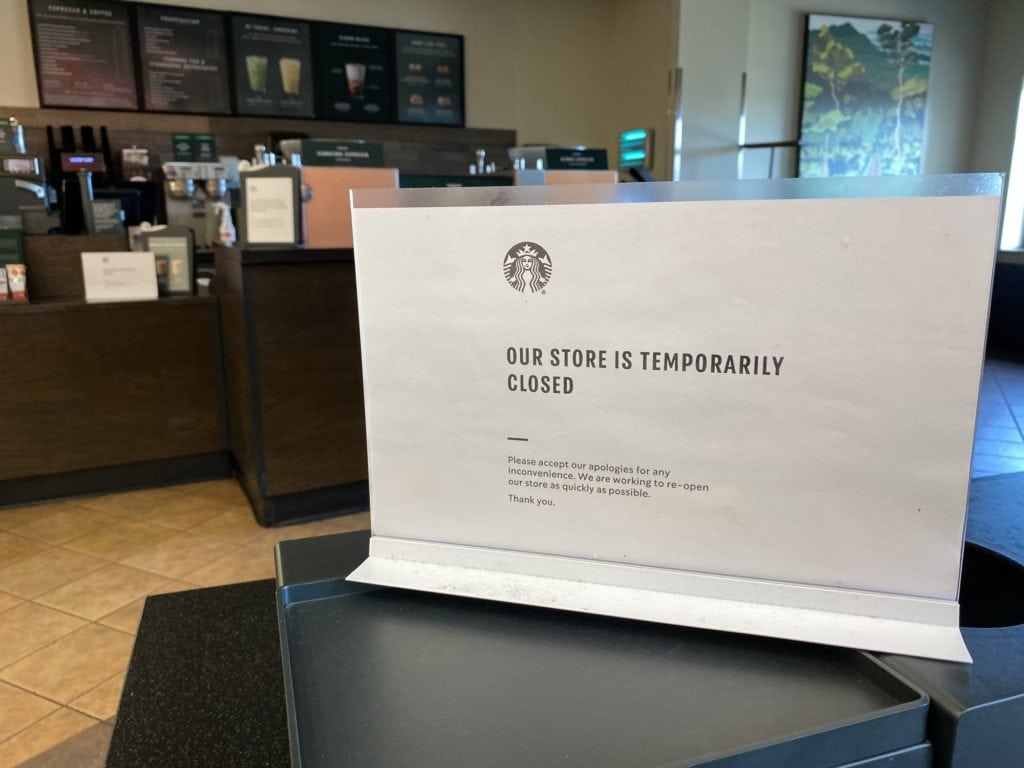
When COVID-19 made an appearance, the Schultz Family Foundation launched The Plate Fund to provide financial assistance to restaurant workers who lost their income due to mandatory lockdowns. The foundation raised over $7.6 million from more than 3,200 donors.
Giving back is essential to Howard. As he says, "The two of us have lived the American Dream, and we see it as our responsibility to help others do the same for themselves and their families."
To Grind or Not to Grind
Howard Schultz felt his days running Starbucks were nearing an end. After all, he built the world's most popular coffee shop from the ground up. What more could he offer? Howard stepped down as CEO in 2000 and became chairman. Starbucks was thriving and seemed unstoppable. The company hired Jim Donald to fill his shoes. However, the coffee isn't always hotter on the other side of the table.
Other companies, including McDonald's, began copying Starbucks' business model. These brands started offering similar coffee drinks for much lower prices. Starbucks also made several operational changes its core audience didn't enjoy. The company stopped grinding its own coffee and put an emphasis on selling more merchandise. Loyalists despaired. According to Howard, these changes were a "watering down of the Starbucks' experience and a commoditization of our brand."
Stocks tanked 42% in 2007. In an attempt to save the company, Howard returned as CEO in 2008. He wanted to recreate the Third Place environment his customers knew and loved. His strategy was simple: retrain the partners and bring back better espresso.
His seemingly simple plan worked. Stocks rebounded by a staggering 143% the next year. Howard would remain CEO until he once again retired and passed the reins to Kevin Johnson in 2018. He now serves as chairman emeritus.
The most recent change in the C-Suite is brewing right now with the exit of Roz Brewer. She’ll hang her coffee cup up and head over to Walgreens to become its newest CEO. In taking those reins, Brewer will become the first Black female heading up a Fortune 500 company.
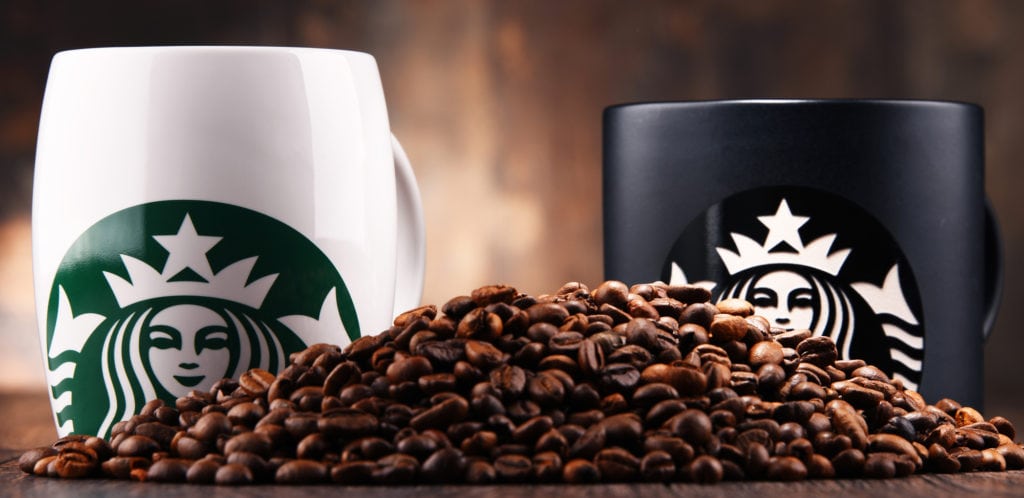
(If you’re wondering about Roz Brewer’s net worth, it was reportedly around $11.5 million in February 2020. A big portion of that wealth stems from her sale of nearly $3.5 million in SBUX stock.)
When asked about his Starbucks' legacy, Howard stated, "The three million people who have worked for Starbucks over the decades are never far from my mind. Together, we built a public company that achieved the fragile balance between profit and responsibility that my parents would be proud of."
From the Public Housing Projects to a Multi-Billion Dollar Legacy
Starbucks is now a household name, so it shouldn't surprise you to learn that the company also made Howard a very rich man. Just how much money does he have? You better put down your coffee before you read this.
As of January 2021, Forbes reported Howard Schultz's net worth as $4.9 billion. And no, selling $5 Frappuccinos isn't the only reason for his wealth.
Sure, much of his money comes from the $1.5 million salary Starbucks paid Howard as CEO. However, he also received other compensation from the company. Even after stepping down and becoming an executive chairman, Howard still earned 7-figures. In 2019, his salary was only $1, but he made $30 million. That money came from a non-equity incentive plan, option awards, stock awards, and other non-disclosed compensation.
Even if you remove Starbucks from the equation, Howard has boatloads of money coming in from other sources. In 1998, he founded Maveron, a consumer-only venture capital firm. Schultz has invested in many prominent companies through the firm, including Allbirds, Potbelly Sandwich Works, Cranium, and Groupon.
Why Is Starbucks So Successful Internationally?
Although Starbucks began as a quaint, Seattle-based company, it's grown into a global icon. Starbucks is in over 70 countries, with most non-US stores found in China, Japan, and Canada. International stores now outnumber US locations.
What makes Starbucks so popular everywhere? Howard's vision of the Third Place works across the world. It's all comes down to a well-planned formula:
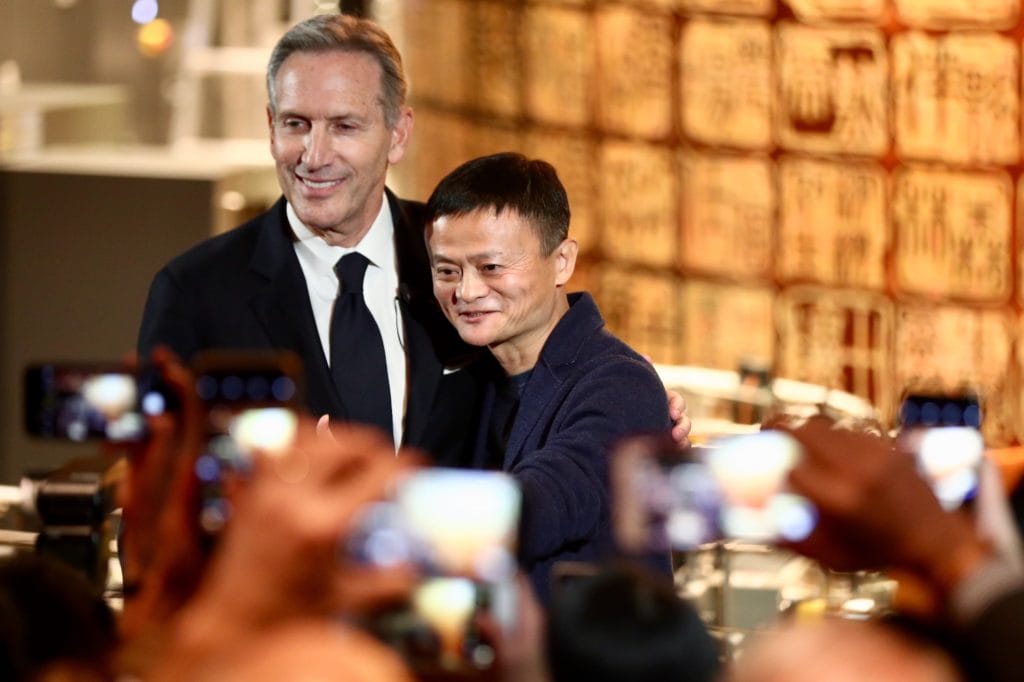
Family: Other countries put families first—more so than Americans. This is especially true in China, where parents and children respect and care for each other from birth until death. Howard took note of this when he hosted the "Partner Family Forum" in 2012. He saw whole family units in attendance. Following the Chinese culture, he implemented the "Starbucks China Parent Care Program" to allow workers the chance to buy health insurance for their aging parents.
Community: In the United States, many Starbucks feature isolated tables where patrons can quietly work without distraction. However, in China, people prefer to mingle with one another. They actually like larger, noisier spaces. Howard recognized this and created stores with open formats and more room for lounging.
Status: Starbucks positioned itself as a premium brand, and this branding serves the company well globally. The Chinese, in particular, want to associate themselves with brands that reflect success and prosperity. Prices in China are nearly 20% higher than in other parts of the world, but customers willingly pay them to show off their social status.
Starbucks is a chameleon that can blend into any part of the world. Howard Schultz carefully analyzes each location to make sure the brand feels like a member of society instead of like a foreign transplant. And this formula is why people across the globe remain loyal to the company.
Howard Schultz Wrote the Book on Selling Coffee (and More)
Howard is also a best-selling author. He's written four books in the last two decades and earns royalties from them. They are:
- Pour Your Heart Into It: How Starbucks Built a Company One Cup at a Time (1997)
- Onward: How Starbucks Fought for Its Life without Losing Its Soul (2011)
- Love of Country: What Our Veterans Can Teach Us About Citizenship, Heroism, and Sacrifice (2014)
- From the Ground Up: A Journey to Reimagine the Promise of America (2019)
Not only does he write, but Howard Schultz also enjoys reading. His favorite business book author is Warren Bennis, whom he considers his mentor.
Sip Some Tasty Trivia about Coffee Mogul, Howard Schultz

Coffee CEO Turned Basketball Team Owner?
Howard Schultz may not come across as a highly athletic guy, but he did play a mean game of football in high school. So it's no surprise that he made the jump to become a major sports team owner.
In 2001, Howard purchased the Seattle SuperSonics for $200 million. However, his love affair with the NBA team was short-lived. After several rough seasons and countless player disputes, Howard ended up selling to an investor in 2006. How does he remember the experience? "It was a complete disaster."
Is Howard Schultz Married?
Yes! He married the love of his life, Sheri, in 1982. They have two adult children, Jordan and Addison. Although their father is a billionaire, both kids have their own careers. Jordan is a sports journalist, and Addison is a social worker.
Howard Schultz for President?
Howard Schultz isn't afraid to share his political views with others. In 2019, he even considered tossing his name into the presidential bid. In a "60 Minutes" interview, he shared his plan to run as a "centrist independent outside of the two-party system." However, he decided not to launch a campaign because he felt it would divide voters even more and guarantee Donald Trump a second term.
Although Howard had been a lifelong Democrat, he no longer affiliates himself with the party. Why? It's moved too far left for his liking. He has liberal social views but remains moderate when it comes to fiscal policy. The two-party system is broken, in his opinion. However, Howard did endorse Joe Biden.
Coffee Quotes to Inspire Future Entrepreneurs
Looking for some inspiration? Pour a cup of coffee and ponder these thought-provoking Howard Schultz quotes:
- "Believe in your dreams and dream big."
- "Authentic brands don't emerge from marketing cubicles or advertising agencies."
- "If people believe they share values with a company, they will stay loyal to the brand."
- "Success is empty if you arrive at the finish line alone."
- "When companies fail—or fail to grow—it's almost always because they don't invest in the people, the systems, and the processes they need."
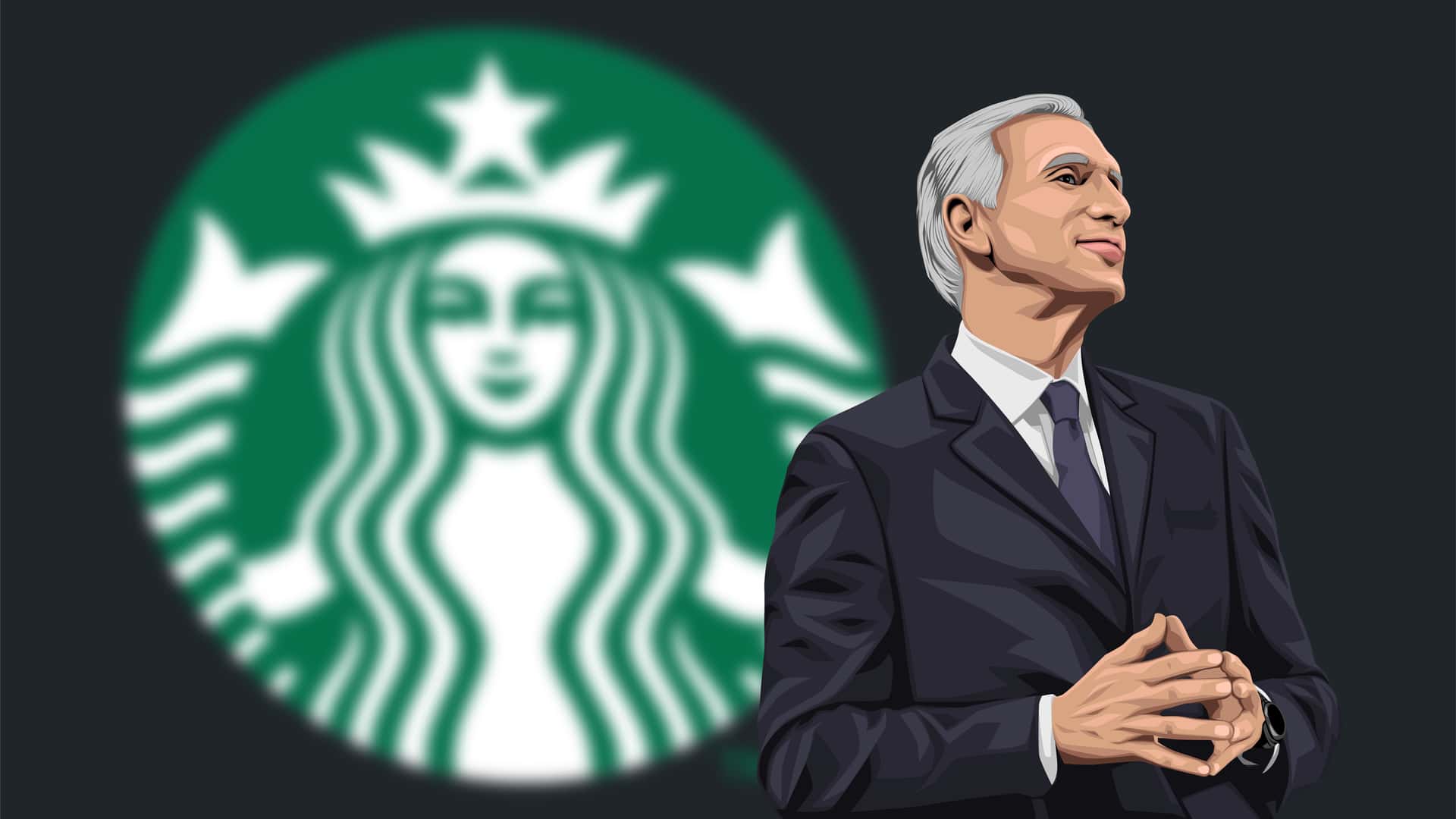
And finally:
• "Starbucks represents something beyond a cup of coffee."
The Takeaway: How Did Howard Schultz Achieve His Goals?
The answer is simple: hard work and capitalism.
Howard Schultz wasn't born into wealth—not even close. Instead, he became a self-made billionaire despite a rocky start. That's the beauty of capitalism. It allows anyone—yes, anyone—the opportunity to pursue their dreams.
Early on, Howard knew he wanted to create more than a coffee shop. He wanted to create an experience. The Third Place, where neighbors could mingle and catch up on the day's events. A work environment where every employee felt valued. And making loads of money wasn't his main priority.
"I never set out to build a global business. I set out to build the kind of company that my father never had a chance to work for—one that treats all people with dignity."
Perhaps, Howard becomes a massive success because of his unwavering commitment to do just that. Whether you're a customer, barista, manager, corporate officer, or stockholder, Starbucks appreciates you.
Can We Pour You a Cup of Capitalism?
If you’re ready to start your journey as an entrepreneur, Starbucks’ success story should inspire you to also aim for the stars. Howard's story is just one of many thanks to capitalism. Ready to start writing your own 7- or 8-figure success story? As a problem-solver and creative-thinker, the sky's the limit. Check out this short 10-part mini-series to get started. It's some of our best training, condensed down into action steps you can take staring today, and it's totally free! No matter where your journey leads, we'll root for you every step of the way.
